
Are you tired of dealing with pesky static hair that ruins your perfectly styled look? Look no further than stylish.ae’s comprehensive guide to combatting static hair. Say goodbye to those annoying flyaways and hello to smooth, manageable locks. From simple tips and tricks to effective hair products, this guide has everything you need to conquer static hair once and for all. Get ready to rock sleek, static-free hairstyles that will turn heads wherever you go. Say goodbye to bad hair days and hello to beautiful, frizz-free hair – all thanks to stylish.ae’s expert advice.
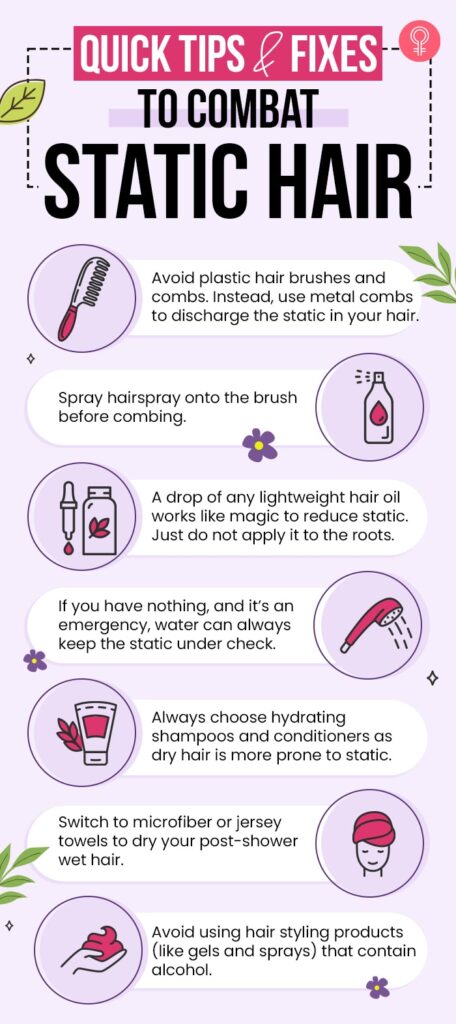
Understanding the Causes of Static Hair
Static hair can be a frustrating and annoying problem, especially during the dry, winter months. But what exactly causes static hair? Understanding the underlying causes can help you find effective solutions to combat this pesky issue.
Dry weather
One of the main culprits behind static hair is dry weather. During the winter season, the air tends to be dry, which can strip moisture from your hair, leaving it more prone to static. Additionally, dry weather can cause static electricity to build up, leading to those unsightly flyaways and frizz.
Low humidity
Low humidity levels can contribute to the occurrence of static hair. When the air lacks moisture, it creates an imbalance of positive and negative charges in your strands, resulting in static electricity. This can be particularly problematic in heated indoor spaces where the humidity levels are often low.
Overheated indoor spaces
Spending time in indoor spaces that are overheated can exacerbate the problem of static hair. Artificial heat sources can suck the moisture out of the air, leaving your hair dry and susceptible to static build-up. So, if you find yourself constantly battling static, take a look at the thermostat and consider turning it down a notch.
Use of certain hair care products
Believe it or not, some hair care products can actually contribute to static hair. Ingredients like silicone or quaternary ammonium compounds, found in many styling products, can create a barrier on your hair shafts, causing static electricity to build up. It is important to read product labels and opt for anti-static alternatives.
Friction from hats and scarves
While hats and scarves can be stylish and functional accessories, they can also contribute to static hair. The friction between your hair and these materials can cause static electricity to form. This is especially true if the hats or scarves are made of materials like wool. Consider opting for satin or silk hats and scarves, as these materials can help minimize friction and static.

Preventing Static Hair
Prevention is key when it comes to static hair. By incorporating a few simple habits into your hair care routine, you can minimize the occurrence of static and keep your hair looking smooth and sleek.
Moisturize your hair
Keeping your hair well-moisturized is crucial to preventing static. Regular deep conditioning treatments can help replenish moisture in your strands, making them less prone to static build-up. Additionally, using leave-in conditioners and applying hair oils or serums can provide an extra layer of hydration to combat static.

Use a humidifier
One effective way to prevent static hair is by using a humidifier in your home. Humidifiers add moisture to the air, which helps to balance the positive and negative charges in your hair, minimizing static electricity. Be sure to choose the right type of humidifier for your space and place it in an appropriate location for optimal results.
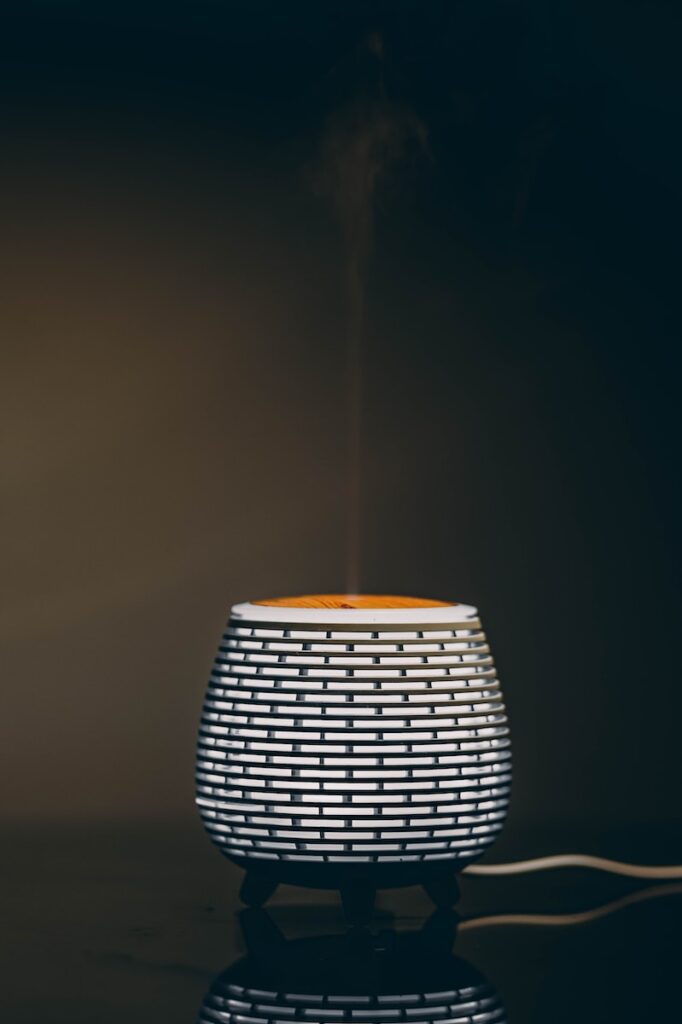
Avoid overusing heat styling tools
Heat styling tools like blow dryers, straighteners, and curling irons can strip moisture from your hair, leaving it more susceptible to static. By reducing the frequency of heat styling and opting for alternative methods like air drying or heatless curls, you can minimize the occurrence of static and maintain healthier hair.
Choose hair care products with anti-static properties
When selecting hair care products, look for those specifically formulated to combat static hair. These products often contain ingredients that help neutralize static electricity, such as silicone or other anti-static compounds. Avoid products that contain alcohol or harsh chemicals, as these can further exacerbate static.
Wear satin or silk scarves and hats
As mentioned earlier, friction from hats and scarves can contribute to static hair. To minimize this issue, opt for accessories made from satin or silk. These materials are smoother, reducing the friction that leads to static. Additionally, using satin or silk pillowcases can help prevent static hair while you sleep.
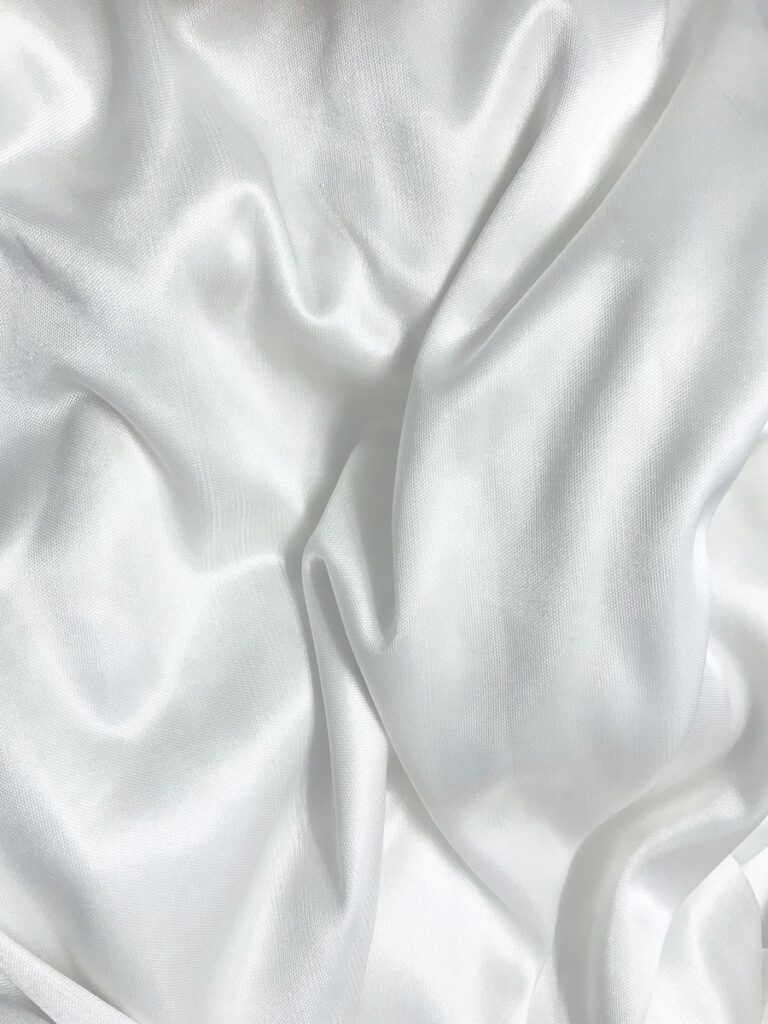
Moisturizing Techniques
Moisturizing your hair is an essential step in preventing static. Here are some effective techniques to keep your locks moisturized and static-free.
Regular deep conditioning
Integrating regular deep conditioning treatments into your hair care routine can work wonders for combating static hair. These treatments provide intense hydration, replenishing moisture and nourishing your strands from within. Look for deep conditioners that are specifically formulated to combat dryness and static.
Using leave-in conditioners
Leave-in conditioners are a great way to provide ongoing hydration to your hair throughout the day. These lightweight products can be applied to damp or dry hair, helping to seal in moisture and reduce static. Look for leave-in conditioners with anti-static properties to maximize their effectiveness.
Applying hair oils or serums
Hair oils and serums are excellent for adding moisture and shine to your hair while minimizing static. These products can be applied to the mid-lengths and ends of your hair, focusing on the areas most prone to dryness and frizz. Choose oils or serums that are specifically formulated to combat static and provide heat protection if you frequently use heat styling tools.
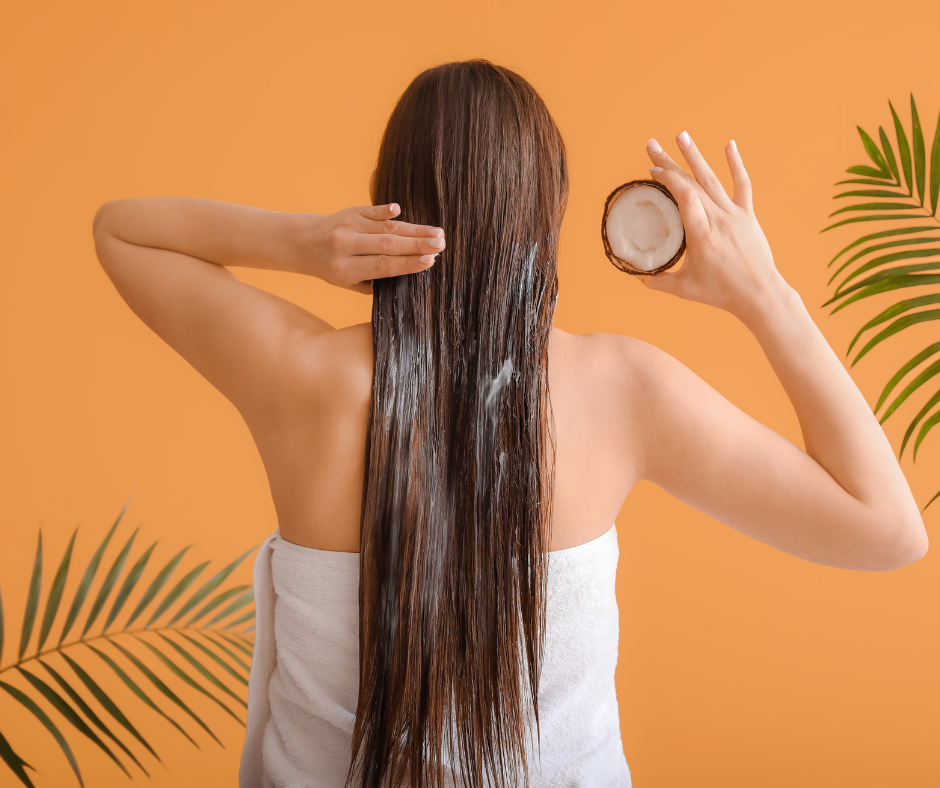
Avoiding excessive shampooing
While shampooing is an important part of maintaining clean and healthy hair, excessive shampooing can strip away the natural oils that keep your strands moisturized. Aim to shampoo your hair every two to three days, or even less frequently if your hair tends to be dry. This will help retain moisture and reduce static.
Using a Humidifier
Humidifiers can be a game-changer when it comes to preventing static hair. Here’s what you need to know about using a humidifier effectively.
Understanding the benefits of humidifiers
Humidifiers work by adding moisture to the air, which helps to combat dryness and static. They can improve the overall humidity levels in your home, reducing the likelihood of static electricity building up in your hair. Humidifiers are especially beneficial during the dry winter months when indoor heating can severely deplete moisture from the air.
Choosing the right type of humidifier
There are several types of humidifiers available, each with its pros and cons. Consider factors like the size of your space, your budget, and the level of maintenance required when choosing a humidifier. Options include evaporative humidifiers, ultrasonic humidifiers, and steam vaporizers. Do thorough research and select the one that best suits your needs.
Placing the humidifier in the appropriate location
To maximize the effectiveness of a humidifier, it is important to place it in the appropriate location. Ideally, it should be placed in the room where you spend the most time, such as your bedroom or living room. This way, the moisture will be evenly distributed throughout the space, helping to prevent static hair.
Reducing Heat Styling
Heat styling tools can wreak havoc on your hair, leading to dryness, damage, and static. Here’s how you can reduce your reliance on heat styling and minimize static.
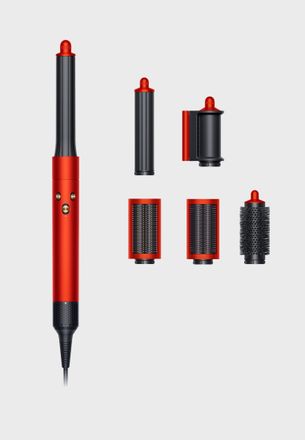
Limiting the use of blow dryers, straighteners, and curling irons
While heat styling tools can create beautiful hairstyles, they can also strip moisture from your hair, leaving it vulnerable to static. To minimize the occurrence of static, try to limit your use of these tools and embrace more natural styles. Consider air drying your hair or experimenting with heatless curling methods to reduce heat damage and static.
Applying heat protectant products
If you do need to use heat styling tools, make sure to apply a heat protectant product beforehand. These products work by forming a barrier between your hair and the heat, shielding it from damage and reducing static. Look for heat protectant sprays or serums that offer anti-static properties for added benefits.
Using alternative styling methods like air drying or heatless curls
When you’re in a rush or simply want to give your hair a break from heat styling, alternative methods can help you achieve stylish looks without causing static. Air drying your hair can give it a natural, effortless texture while minimizing the chances of static hair. Heatless curling methods, such as using foam rollers or twist-outs, can create beautiful curls without the use of heat.
Choosing Anti-Static Hair Care Products
Selecting the right hair care products is crucial to combat static hair. Here are some tips to help you choose anti-static products that work for you.
Reading labels for ingredients like silicone or quaternary ammonium compounds
When shopping for hair care products, take the time to read labels and look for specific ingredients that help combat static. Silicone and quaternary ammonium compounds are commonly found in anti-static products, as they provide a smoothing effect and help neutralize static electricity. Look for these ingredients in shampoos, conditioners, and styling products.
Using leave-in conditioners or detangling sprays with anti-static properties
Leave-in conditioners and detangling sprays can be a lifesaver when it comes to combating static hair. Opt for products that have anti-static properties, as these can help reduce friction and static electricity while making your hair easier to manage. Apply them to damp or dry hair daily to keep static at bay.
Avoiding products with alcohol or harsh chemicals
While some hair care products claim to combat static, they might contain ingredients that can actually make the problem worse. Avoid products that contain alcohol or harsh chemicals, as these can dry out your hair, making it more susceptible to static. Stick to gentle, moisturizing formulas that are specifically designed to combat static and maintain hair health.

Satin and Silk Accessories
Choosing the right accessories can make a big difference in preventing static hair. Here’s why satin and silk are great options and how to incorporate them into your routine.
Understanding the benefits of satin and silk
Satin and silk are materials known for their smooth texture, which helps minimize friction and static. Unlike materials like wool or cotton, which can cause static electricity to build up, satin and silk reduce the occurrence of static, keeping your hair smooth and sleek. These luxurious fabrics also help to retain moisture, making them ideal for preventing dryness and static.
Choosing satin or silk scarves and hats
When it comes to hats and scarves, opt for satin or silk options to minimize static. These materials will create less friction against your hair, reducing the chance of static electricity building up. Satin or silk lined hats and scarves can be particularly beneficial, as they provide a protective barrier between your hair and the material.
Using satin or silk pillowcases
To prevent static while you sleep, consider using satin or silk pillowcases. These smooth and gentle fabrics create less friction against your hair, reducing static and preventing frizz. Additionally, satin or silk pillowcases maintain the moisture in your hair, making them a great investment for overall hair health.
Treating Static Hair
Sometimes, despite our best efforts, static hair still manages to sneak up on us. Luckily, there are some quick fixes that can help tame static and get your hair back under control.
Using a metal comb or toothbrush
Metal combs or toothbrushes can be extremely helpful in combating static hair. Take a metal comb or an unused toothbrush and gently run it through your hair, focusing on the areas where static is most prominent. The metal bristles help to neutralize static electricity, reducing flyaways and leaving your hair smoother.
Applying a small amount of hairspray to a brush
If you’re dealing with stubborn static, try spraying a small amount of hairspray onto a brush and then running it through your hair. The hairspray will help to weigh down your hair and reduce static cling. Remember to use a minimal amount to avoid making your hair stiff or sticky.
Using a fabric softener sheet on hair
Fabric softener sheets aren’t just for your laundry – they can also help combat static hair. Take a fabric softener sheet and gently rub it over your hair, paying extra attention to the areas where static is most prevalent. The anti-static properties of the sheet will help neutralize static electricity, leaving your hair smoother and more manageable.
Misting hair with water or leave-in conditioner
In a pinch, misting your hair with water or a leave-in conditioner can help combat static. Fill a spray bottle with water or a leave-in conditioner and lightly spritz it over your hair, focusing on the areas where static is most visible. This will help to add moisture to your hair, reducing static and frizz.
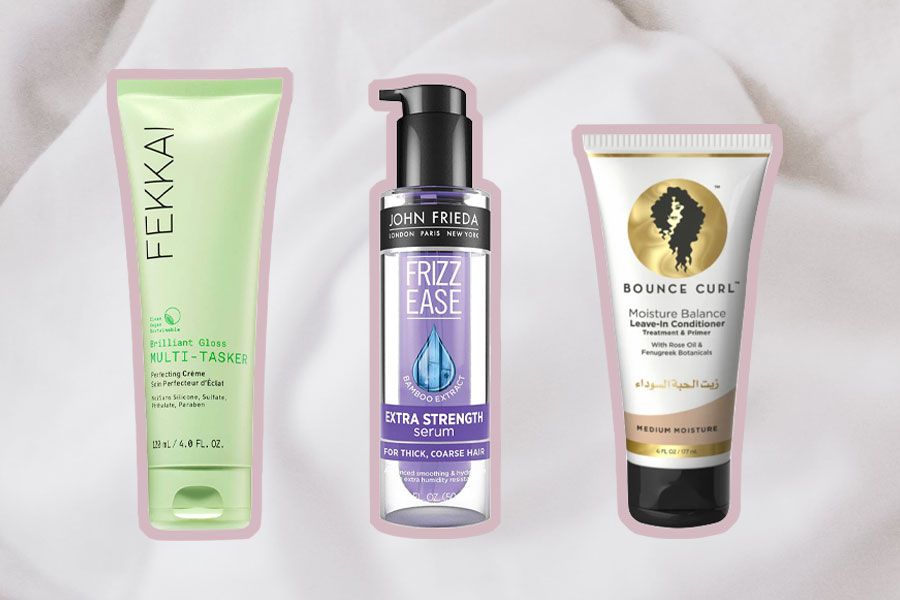
Static Hair Dos and Don’ts
To maintain static-free hair, here are some dos and don’ts to keep in mind:
Do: Brush hair with a natural bristle brush
Using a natural bristle brush, such as one made from boar bristles, can help minimize static while brushing your hair. The natural bristles help to distribute the natural oils in your hair, reducing dryness and static. Avoid using plastic combs or brushes, as they can create friction that leads to static.
Do: Tie hair up in a loose bun or braid
When you’re dealing with static, it can be helpful to tie your hair up in a loose bun or braid. This helps to minimize friction and reduce the chances of static electricity building up. Additionally, keeping your hair off your clothes and shoulders can help prevent static transfer.
Don’t: Use plastic combs or brushes
Plastic combs and brushes can contribute to static hair by creating friction. Avoid using them, especially when your hair is already prone to static. Opt for brushes with natural bristles or wide-toothed combs to minimize static and protect your hair from damage.
Don’t: Rub hair dry vigorously with a towel
When drying your hair, avoid rubbing it vigorously with a towel. This can create friction and lead to static. Instead, gently squeeze out the excess water and pat your hair dry with a soft, microfiber towel or an old cotton t-shirt. The gentler approach will help minimize static and prevent damage to your hair.
Conclusion
Static hair can be frustrating, but with a comprehensive approach, you can combat it effectively. By understanding the causes of static hair, implementing preventive measures like moisturizing and avoiding excessive heat styling, choosing the right hair care products, and using satin or silk accessories, you can significantly reduce static and maintain healthy, manageable hair.
Remember, everyone’s hair is unique, so it may take some experimentation to find the techniques and products that work best for you. By prioritizing hair health and hydration, you can keep static at bay and enjoy smooth, beautiful locks all year round. So, embrace these tips and say goodbye to static hair woes once and for all!




